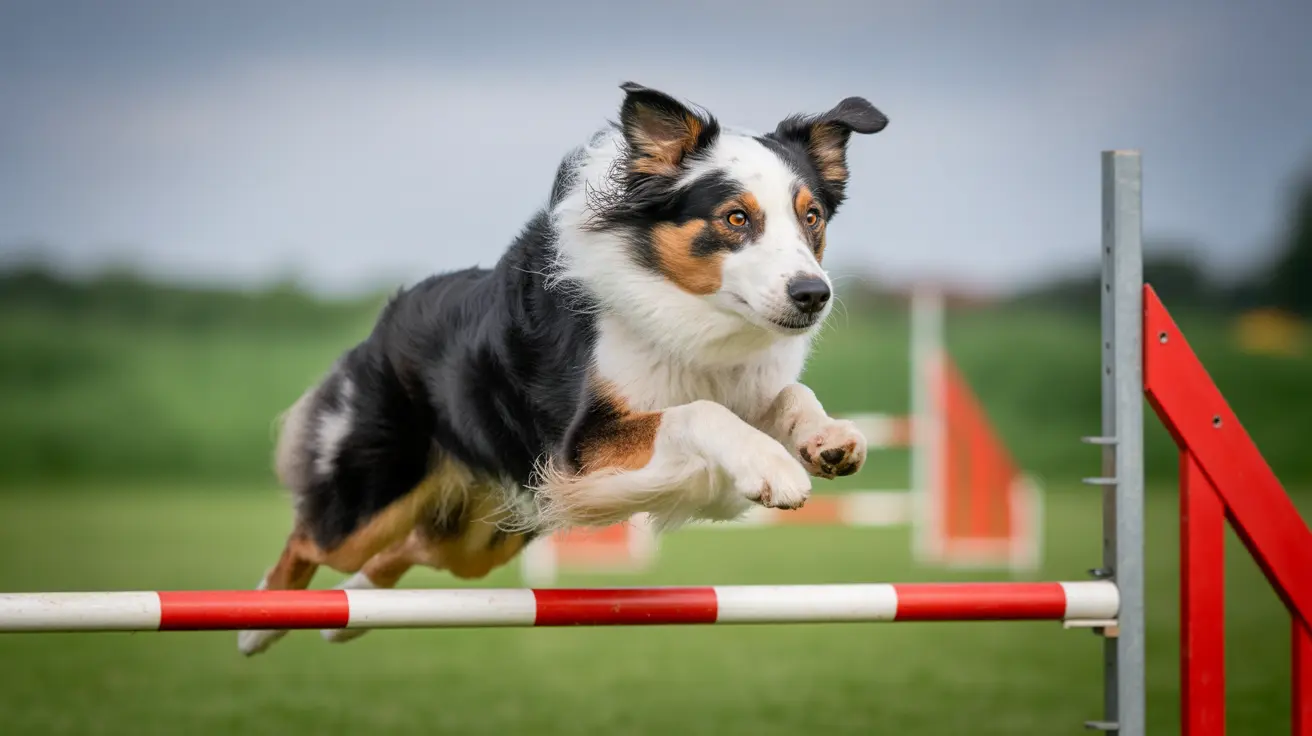Better Alternatives to Invisible Fences for Dogs
Invisible fences are widely used to contain dogs within a designated area without the need for a physical barrier. While they offer some conveniences, they also come with significant limitations and risks. If you're exploring safer, more humane, and effective solutions for keeping your dog secure, here are some better alternatives to invisible fences you should consider.
1. Physical Fencing
Traditional physical fences remain one of the most effective ways to safely contain dogs. These structures create a tangible boundary that dogs can easily understand and respect. There are various types of physical fences suitable for different properties and dog breeds:
- Wood or Vinyl Fences: Durable and visually customizable, they offer strong containment and privacy.
- Chain-Link Fences: Cost-effective and low-maintenance, ideal for utilitarian purposes.
- Metal or Iron Fences: Elegant yet sturdy, often suitable for decorative landscapes and secure yards.
Advantages:
- Physically blocks other animals and people from entering the yard.
- Prevents dogs with high prey drive from escaping.
- Reduces interaction with external distractions and reinforces security.
Disadvantages:
- Can be expensive to install, particularly across large or uneven terrains.
- Subject to zoning laws and neighborhood regulations.
2. Leash Walks and Tethered Play
Taking your dog for regular leash walks or allowing them to explore using a long line can be a safer and more engaging alternative. These controlled methods enhance the dog-owner bond while keeping your pet safely contained.
- Leash Walks: Regular exercise and mental stimulation in various environments.
- Long-Line Training: Provides freedom while maintaining control during supervised outdoor time.
Benefits:
- Ideal for urban environments or rental properties with restrictions.
- Requires no permanent structures or electrical equipment.
- Excellent option for training recall and reinforcing commands.
3. Dog Run or Kennel
A dog run is a limited, fenced-in space where a dog can play safely. A well-constructed run with shelter provides security and comfort while giving the dog room to move.
- Use of high-quality fencing materials ensures durability and containment.
- Portable or modular versions suit different yard configurations and budgets.
Advantages:
- Limits access to the entire yard, making supervision easier.
- Great for high-energy breeds needing temporary containment.
4. Supervised Outdoor Time
Directly supervising your dog in an open yard or unfenced area—armed with favorite toys, treats, and consistent commands—can significantly bolster safety and training. This method reduces reliance on containment systems altogether by establishing your presence as a boundary.
5. Behavioral Training
Regardless of the method, teaching your dog boundaries through structured obedience training provides lasting benefits. Commands like “stay,” “come,” and “leave it” are invaluable whether in a fenced yard or on a walk.
With the guidance of professional trainers or structured at-home programs, you can equip your dog to navigate outdoor spaces safely and confidently.
Why Choose These Alternatives Over Invisible Fences?
- Safety: Physical fences and supervision prevent other animals and people from entering your dog’s space.
- Mental Health: Dogs are less likely to develop anxiety or behavioral issues when they aren't exposed to aversive static corrections.
- Reliability: Alternatives are less vulnerable to malfunction, signal interference, or battery failure.
- Simplicity: No wires to bury or electronics to maintain.
- Ethics: Eliminating the shock-based corrections used by invisible fences reduces stress and risk of injury.
When Might an Invisible Fence Be a Supportive Tool?
For certain homes with strict physical fence restrictions or budgets, invisible fences can serve as a temporary solution or supplement to an existing structure. In such cases, owners must be committed to extensive training, careful supervision, and regular equipment maintenance.
Conclusion
While invisible fences may offer convenience, the risks associated with shock corrections, equipment failure, and uncontrolled yard access present valid concerns. Safer and more humane alternatives like physical fencing, leash walks, and structured outdoor supervision not only promote better behavior but also ensure your dog’s safety and emotional well-being. Choosing the right containment method should balance your dog’s welfare, lifestyle, and the physical layout of your property for the best long-term results.





